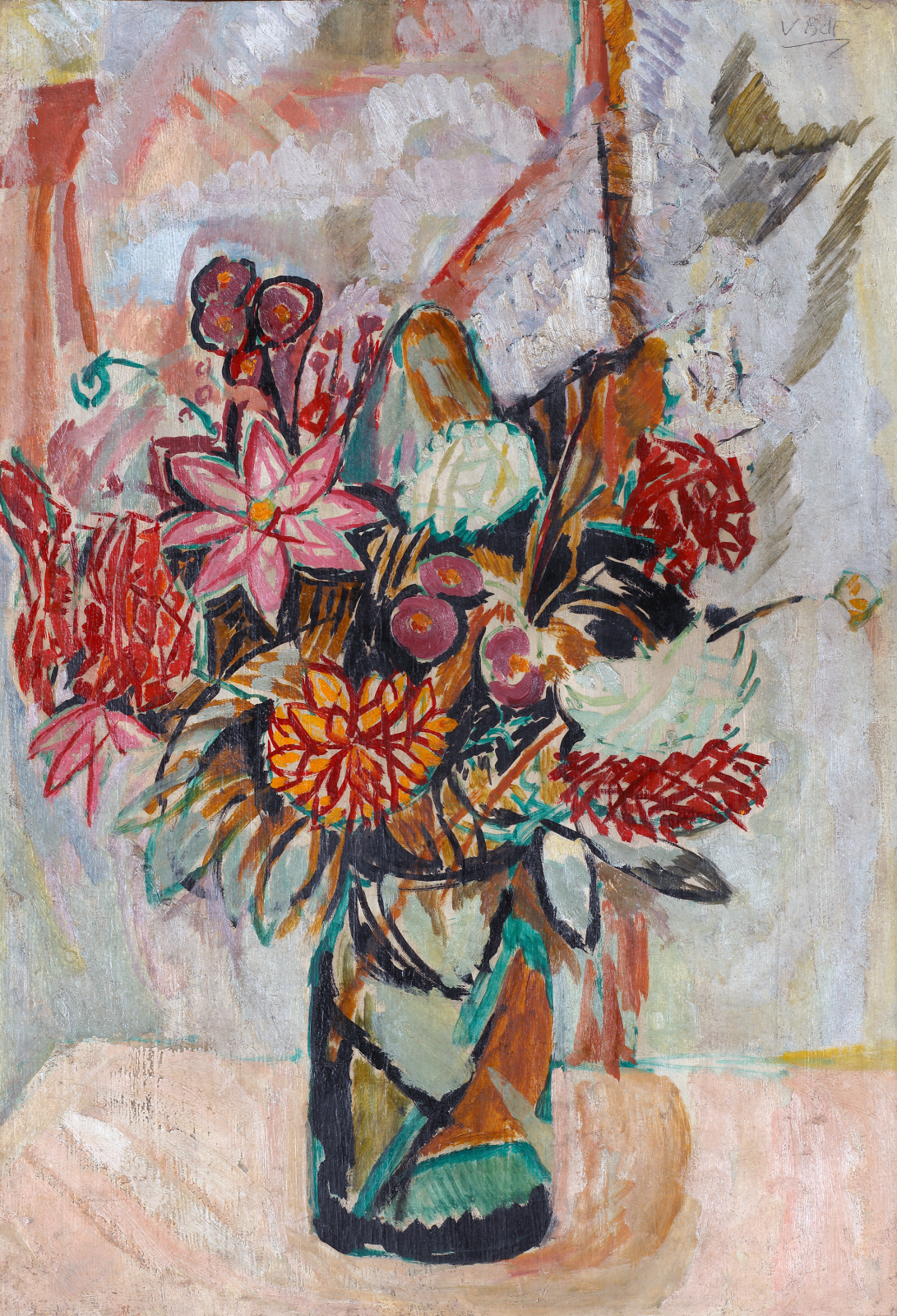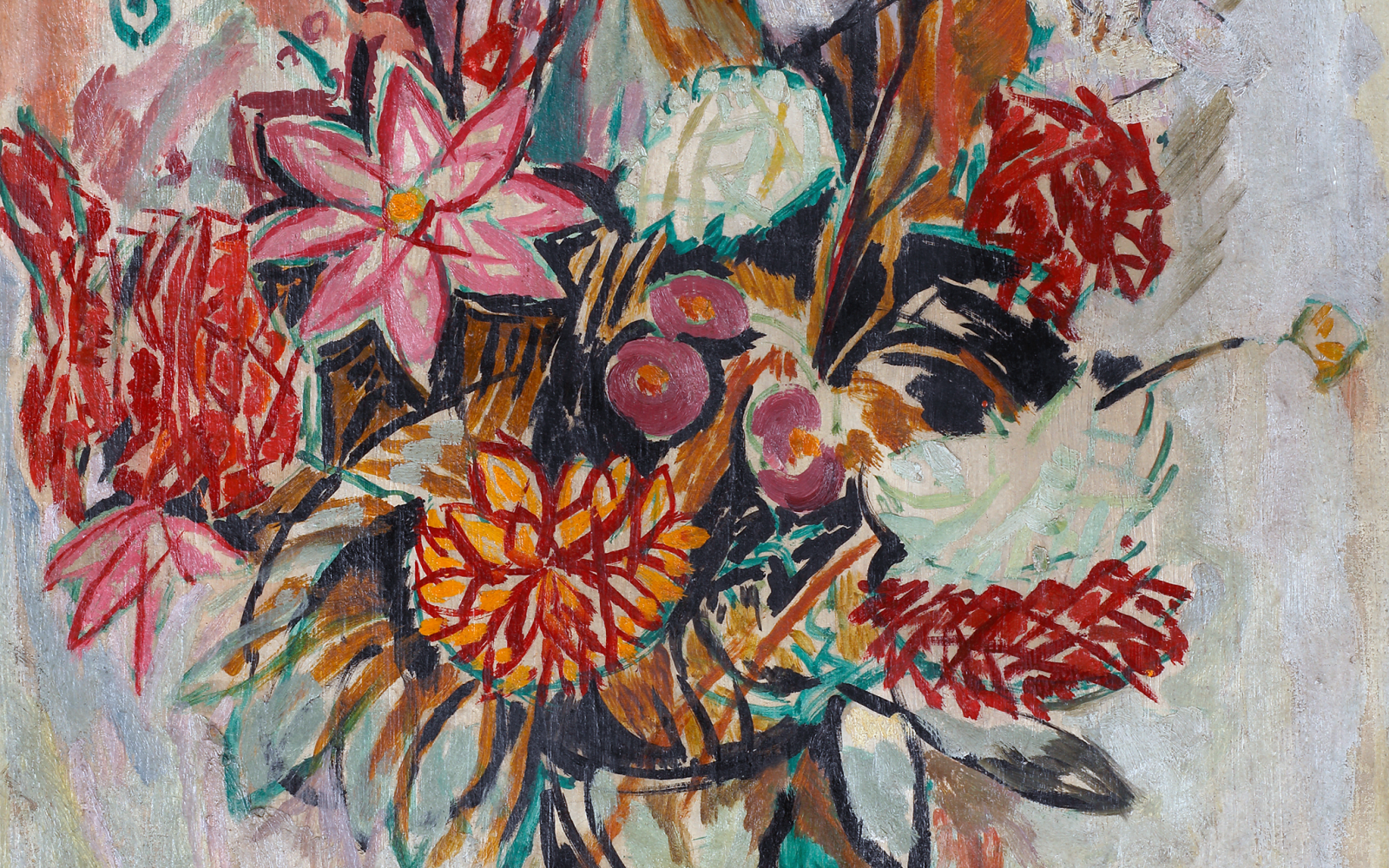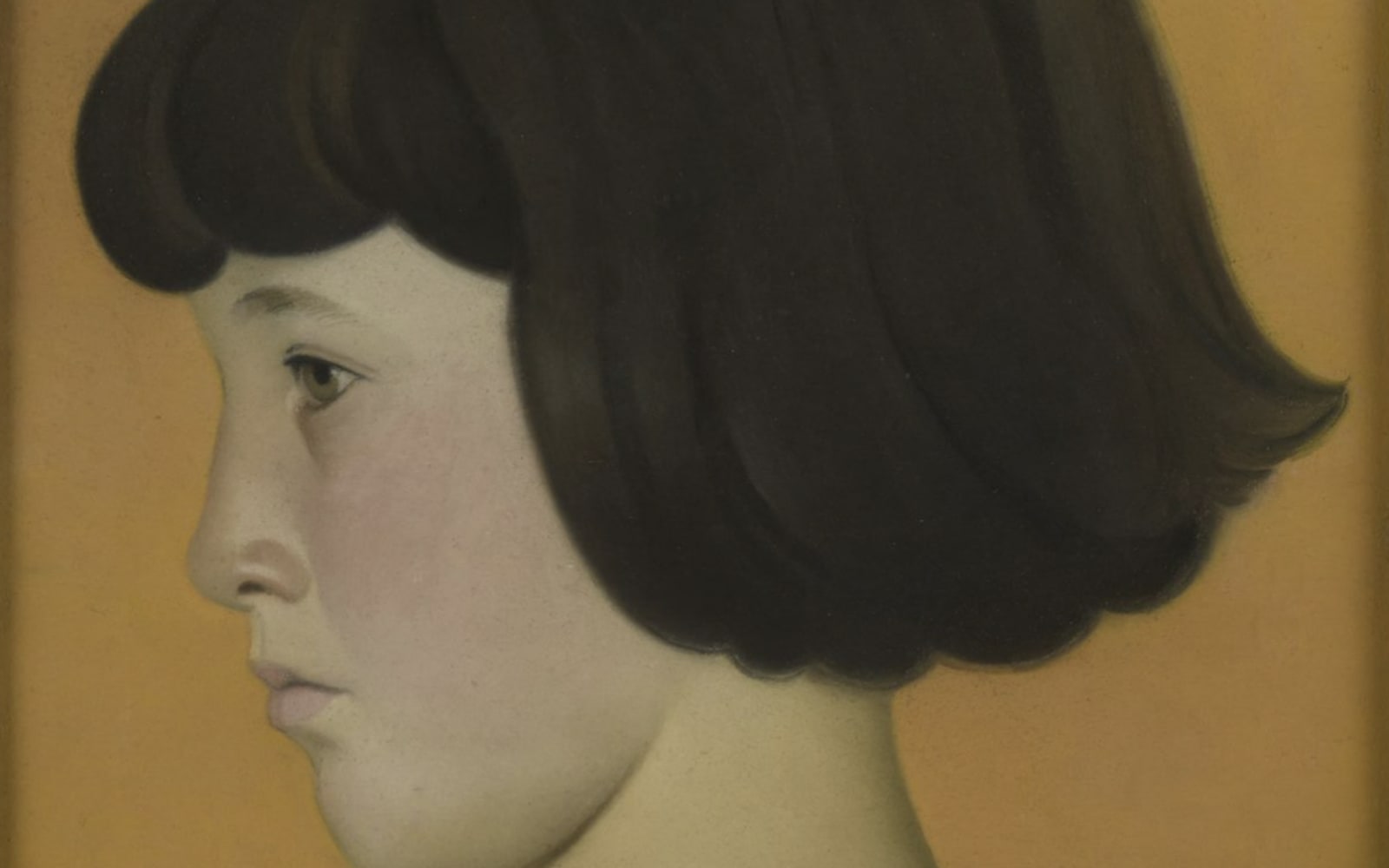The Bloomsbury Group artists are recognised for both their unconventional lifestyles and avantgarde art practises. Their artistic theories and experiments dramatically refashioned the landscape of British Modernism whilst their free-thinking bohemia nurtured a progressive culture, within which many of the values of their Edwardian upbringings were rejected.
From contained scenes of private London gardens to sweeping views from their Mediterranean travels, the works in this exhibition offer an insight into the lifestyles of these remarkable artists.
An introduction to the artists exhibited in Bloomsbury Life
Roger Fry (1866-1934)
Roger Fry whipped up a furore in the early 20th century with the opening of two exhibitions in 1910 and 1912: Manet and the Post-Impressionists and The Second Post-Impressionist Exhibition at the Grafton Galleries, London. The first exhibition included vividly coloured modern works by artists such as Van Gogh, Gauguin and Cézanne and attracted over 25,000 visitors over two months. It challenged established artistic traditions of form and beauty in Britain yet simultaneously enthused a younger generation of artists – namely, artists Vanessa Bell and Duncan Grant.
Vanessa Bell (1879-1961)
Vanessa Bell, and her sister Virginia Woolf, were instrumental in the establishment of the Bloomsbury Group. The tragic early death of both their parents saw Bell, the eldest sibling, become head of her family. Bell and Woolf opened their Bloomsbury home to like-minded, artistic individuals who would later become known as the Bloomsbury Group. Here, artists collaborated, shared ideas and formed close bonds - and in some cases, relationships.
In 1912, Bell’s work was included in The Second Post-Impressionist Exhibition organised by Fry. Enthused by the first Post-Impressionist exhibition, Bell’s style at this time became bolder than ever, and her pursuit of colour was arguably unmatched by any of her contemporise. One of Bell’s most accomplished works from this date is Studland Beach which demonstrates her daring combination of bold colour and simplified form and has rightly been described as ‘one of the most radical works produced at that time in Britain…’[1]. A work executed in the same year is on display in our current exhibition Bloomsbury Life which exemplifies this dramatic pursuit of line and colour. Click here to view Bell’s Still-Life of Dahlias, Chrysanthemums and Begonias 1912.
Born in Scotland in 1885, Grant and his family shortly moved to India and Burma between the years of 1887-1894. The family moved back to Britain in 1894 where Grant’s interest in the arts grew and in 1902 he attended Westminster School of Art. In 1905, Grant met Bell at her house in Bloomsbury and was introduced to the artists, writers and thinkers who would become known as the Bloomsbury Group. Among those who encouraged him throughout his early career is the artist Simon Bussy, whom Grant would later refer to as his Master.
Grant was also significantly inspired by Fry’s two exhibitions and was also included in The Second Post-Impressionist Exhibition. In the years that preceded the exhibition, Duncan’s radical experiments in composition and perspectival positioning demonstrate the influence of European modernism such as post-impressionist and cubism. His painting The Tub c. 1913, in the collection of the Tate, is often lauded as one of his most accomplished feats in modernist painting.
A year after Fry’s exhibition, Grant, Bell and Fry founded the Omega Workshops; a cooperative for the decorative arts which championed and promoted the artistic significance of textiles, pottery, clothing and furniture. This celebration of the decorative arts – and desire to break down any segregation between fine art and design - remained a dominant pursuit for Bell and Grant, most notably realised at Charleston Farmhouse.
Charleston Farmhouse was the home and country retreat for both artists from 1916 until their deaths. The house is a magnificent manifestation of their unbridled artistic proclivities to paint their domestic surroundings. The spontaneous programme of interior works that ensued during their time at Charleston can be seen as one of their most conspicuous artistic legacy.













